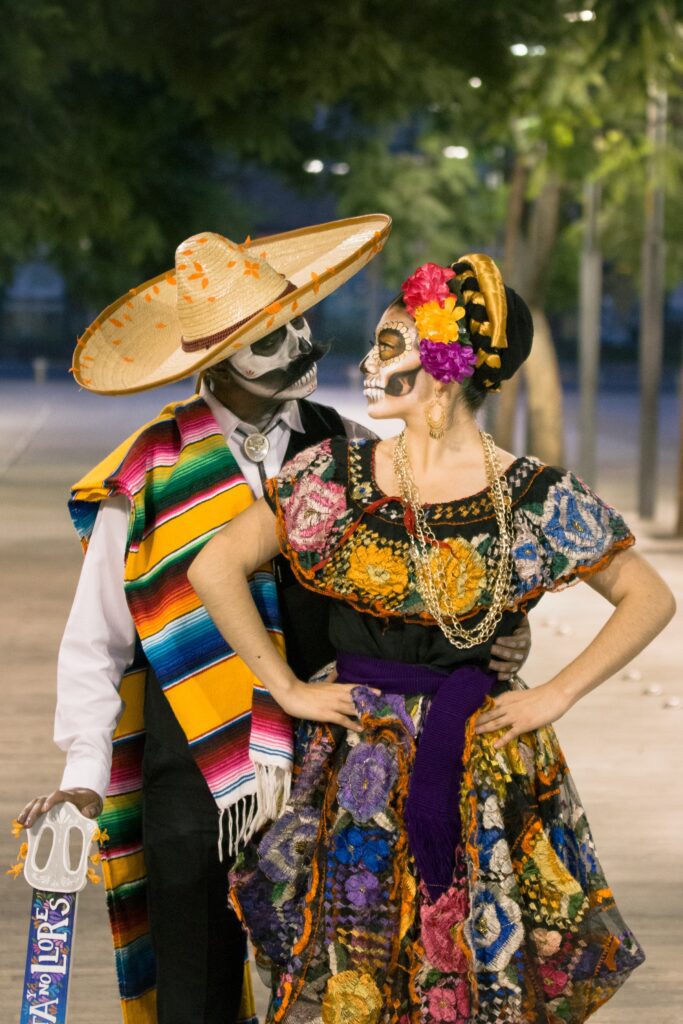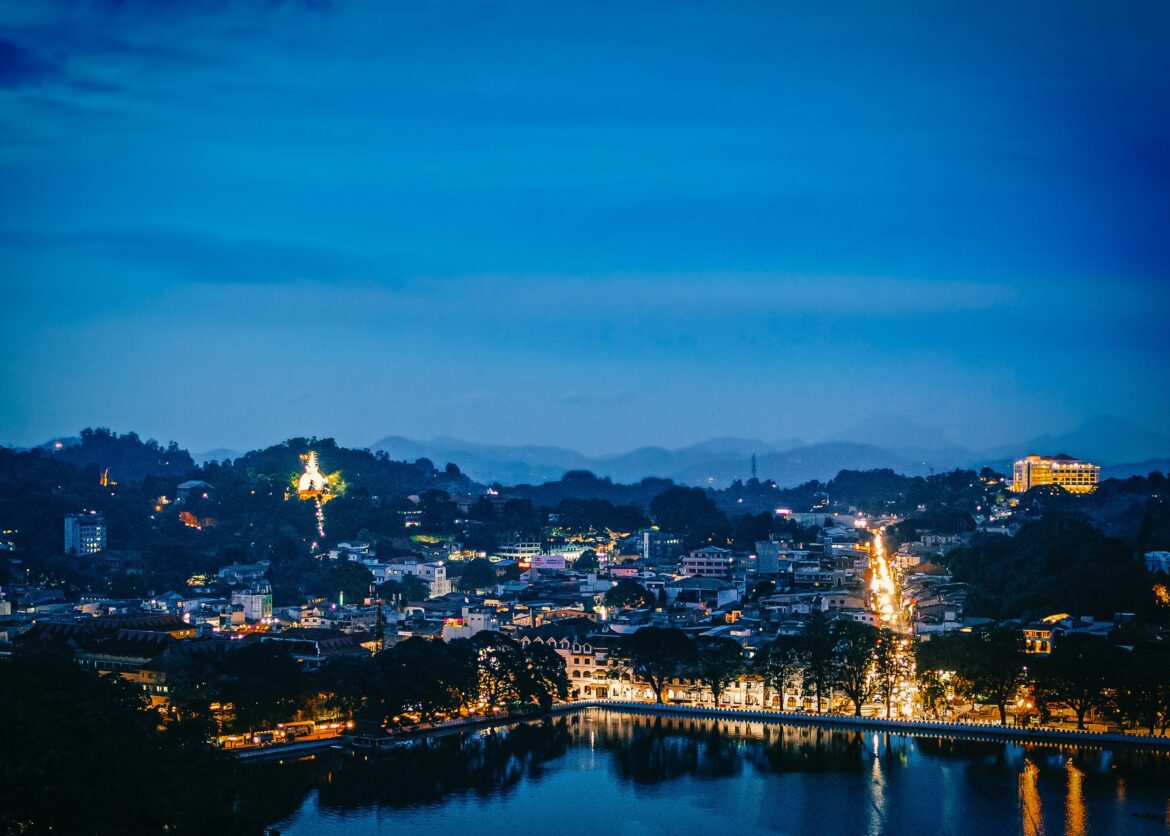Facts you should adhere to before visiting Sri Lanka
- About Sri Lanka
- How to Reach Sri Lanka
- How to Travel around Sri Lanka
- Best Time to Travel Sri Lanka
- Accommodation in Sri Lanka
- Food and Drinks in Sri Lanka
- Shopping in Sri Lanka
- Outdoor Activities and Sports to do in Sri Lanka
- Festivals in Sri Lanka
About Sri Lanka
- Size and location: Slightly more significant than the US state of West Virginia and located north of the equator, Sri Lanka is roughly equal in size to Ireland.
- Currency: rupee of Sri Lanka (LKR).
- Politics: Sri Lanka won its independence from Britain in 1948, and in 1972 it renounced the name Ceylon which had been used during colonial rule. Since it declared independence, the nation has been governed by a democratic system, and in 1960, the first female prime minister in history was chosen.
- Religions: A variety of ethnic and religious groupings make up the population of Sri Lanka. There are many Christians and Muslims in addition to the two largest ethnic groups, the primarily Buddhist Sinhalese and the predominantly Hindu Tamils.
- Life expectancy is 77 years for Sri Lankans in good health. But it also has one of the inflated rates of suicide worldwide and snakebite deaths.
- Education: Sri Lanka has a nearly 93 percent literacy rate.
- Clothing and tea are the nation’s top exports. Additionally crucial are rubber, coconuts, and priceless stones. The officially accepted languages are English, Tamil, and Sinhala.
How to Reach Sri Lanka
The lone way to get to Sri Lanka is by flying into Bandaranaike International Airport (BMI), located in Katunayake, close to the north of Colombo unless you’re arriving on a cruise ship. The best approach to getting a decent deal on the price of a flight is to book as early as you can, but prices are often relatively stable throughout the year.
Carriers from neighboring South and Southeast Asian nations provide good service to Sri Lanka. Additionally, there are many locations in the Gulf with direct links.
How to Travel around Sri Lanka
With the long-overdue upgrading to the Expressway and upgrades to the train, traveling around Sri Lanka is, overall, quicker and easier than it used to be. The going can still be slow and, if taking the bus, can be very uncomfortable when away from major highways and train lines.
In general, buses are a more practical and affordable mode of transportation in Sri Lanka than railways. Although it can be a part of a bumpy ride with drivers careering around bends and the older buses delivering a bit of a bone-shaking experience, it is the primary mode of transportation for reaching those remote regions of the island.
Train travel is more sedate and can be an excellent opportunity to take in the scenery, particularly on the intercity routes that travel through the hill region from Colombo to Kandy and Badulla. There is a particular carriage observation vehicle with broad panoramic windows providing 360-degree views.
Best Time to Travel Sri Lanka
Given that two distinct monsoons impact the environment traveling to Sri Lanka typically allows you to avoid the rain because there will almost certainly be dry weather somewhere on the island. The east is a reflection of the west; from April or May to September, the sun shines in the east and northeast when the southwest (“Yala”) monsoon hits the west and southwest. However, the northeast (“maha”) monsoon tends to be less intense. The island’s weather is erratic around October and November, right before the maha monsoon. It implies that wherever you go, a thunderstorm or downpour could strike.
The finest months to go to Sri Lanka’s west and southwest, including the hill country, in terms of the weather, are generally from December to March. The best months to visit the eastern half of the island are from about April or May until September if your plan is more focused there.
Accommodation in Sri Lanka
When looking for places to stay over in Sri Lanka, you should be able to locate lodging that fits your budget, from family-run guesthouses to luxury resorts, boutique hotels in former colonial structures, and eco-lodges. From November 1 to mid- or late-April, prices in coastal locations typically vary with the seasons (typically between 25 and 50%), notably along the west coast.

Food and Drinks in Sri Lanka
Sri Lankan cuisine is a culinary joy that reflects the country’s geographical location and native traditions mixed with colonial influences, as well as locally cultivated tropical fruit and excellent fish. Various spices, from curries to sambals and chutneys, contribute to the complex flavors. In contrast, coconut, in a variety of forms, is used in the majority of dishes.
Seven types of food to try in Sri Lanka:
- Rice and Curry
- Kottu Rotty
- Hopper
- String Hopper
- Pittu
- Lamprais
- Vadai
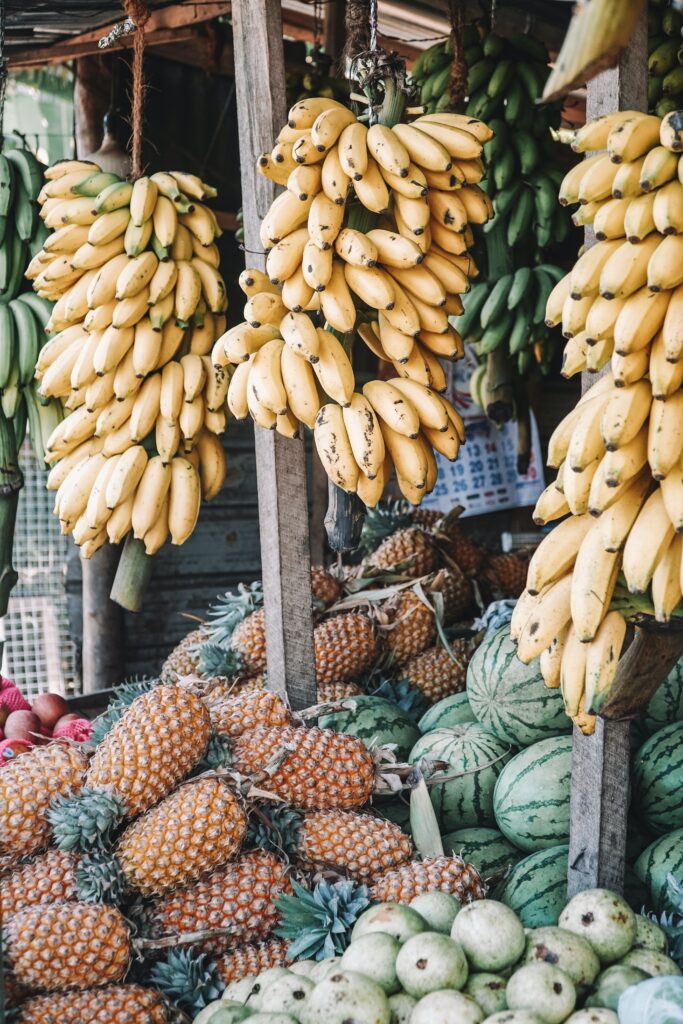
Avoid tap water as much as possible. Coca-Cola and other standard soft drinks are offered, but local ginger beer and cream soda are popular. Coconut water is also readily accessible.
The two main types of alcohol on the island are lager and arrack, with Lion Lager being the most widely available brand. Arrack, marketed illicitly in rural areas across the nation and has a very high alcohol level, is prepared by distilling toddy, a beverage made by fermenting the sap from the coconut flower.
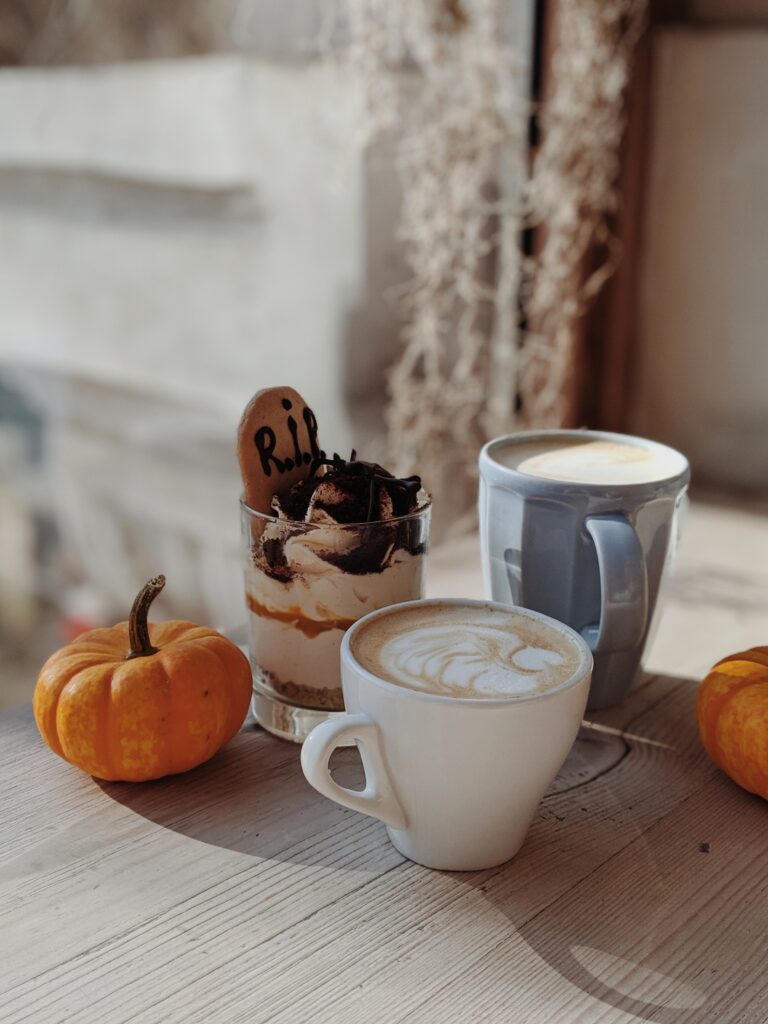
Shopping in Sri Lanka
Even though Sri Lanka has a reputation for high-quality craftsmanship, most of the arts and crafts on the market are mass-produced and poorly crafted. However, some outliers exist, particularly in Colombo, where you may get high-quality things, including apparel, literature, and tea. The usual rule of thumb is that there is more room for haggling the more casual the retail establishment. As a result, you’ll probably receive a better deal from a hawker on the beach than from a well-known retailer, though you might get a better deal by inquiring about “special pricing.” It should note that purchasing coral or any other marine product is prohibited because it directly harms the island’s delicate maritime ecology.

Outdoor Activities and Sports to do in Sri Lanka
Unspoiled nature and a wide range of sceneries in Sri Lanka provide outdoor and activity vacation opportunities. Many other ways to be active, from ballooning and yoga to mountain biking and trekking and water-based sports like diving and surfing, are widely covered. Regarding spectator sports, if you’re fortunate enough to coincide with a game, a trip to see Sri Lanka’s cricket team in action is an absolute must. Each time they play, there is a great deal of national enthusiasm.
The numerous balloon trips offered by these businesses provide an excellent aerial perspective of the island. Most flights are in the vicinity of the Cultural Triangle, particularly in the area of Dambulla and Sigiriya, while flights are occasionally available elsewhere, particularly along the south coast.
Sri Lanka is home to three exquisite golf courses: Colombo, Kandy, and Nuwara Eliya. Several travel operators provide unique golfing excursions. Day trips and longer horseback riding excursions are available around the island, notably in Dambulla, Sigiriya, Nuwara Eliya, Tissamaharama, Kalpitiya, and Bentota.
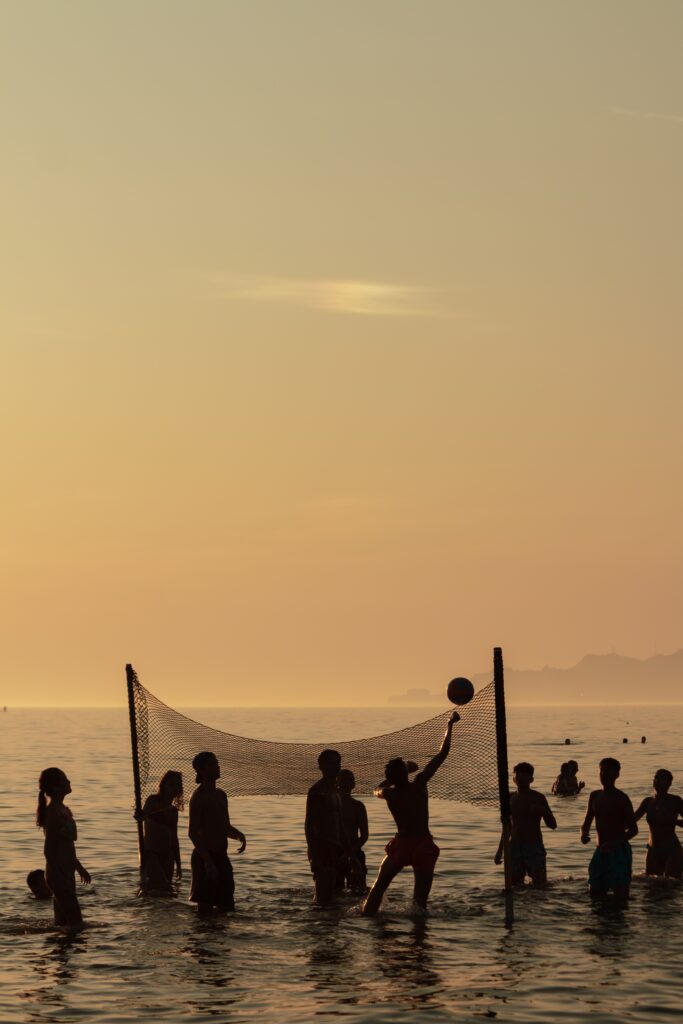
Festivals in Sri Lanka
When you travel to Sri Lanka, a festival will already be underway or be getting ready to start. These festivities can be challenging to avoid because the island is home to four major religions, each with its festival calendar and several public holidays. If you want to experience Sri Lanka’s true spirit, prepare your itinerary to avoid the significant events that stop the island’s progress. Alternatively, you should be right in the middle.
- Sinhalese and Tamil New Year- The Lunar New Year celebration is primarily a family event (usually in April). While the island celebrates with games, food, and festivals, businesses are closed.
- Vesak Poya- A significant Buddhist holiday commemorating Buddha’s birth, enlightenment, and passing. Outside of homes, people hang bright lanterns, and pandals (panels showing scenes from Buddha’s life) are seen all around Sri Lanka.
- Kandy Esala Poya Perahera- The ten-day Tooth Relic Arrival Festival is the most lavish celebration in Sri Lanka, commemorating the Buddha’s first lecture. Elephants, drummers, dancers, and acrobats parade through Kandy in colorful, magnificent processions. The lunar calendar has a range of dates, but late July or early August is typical.
